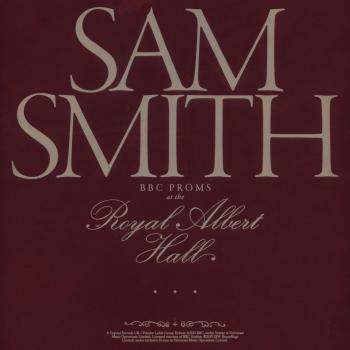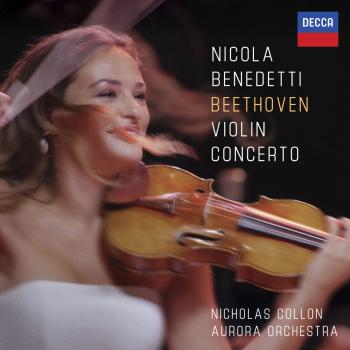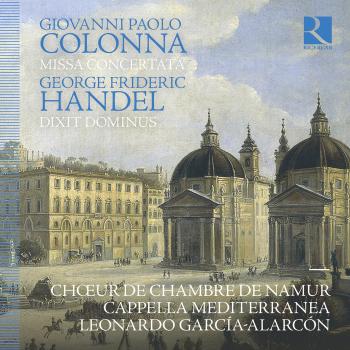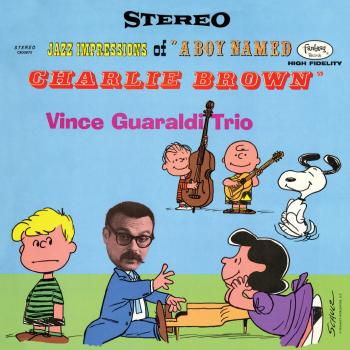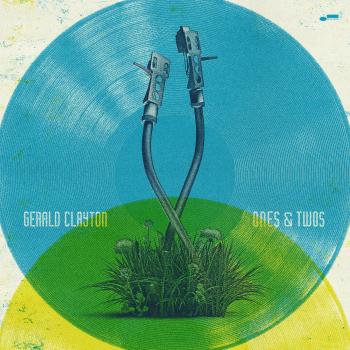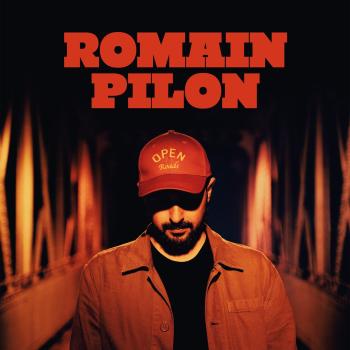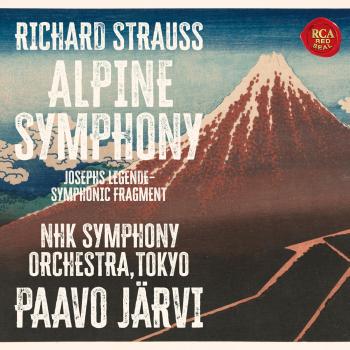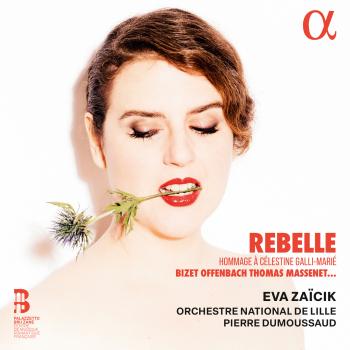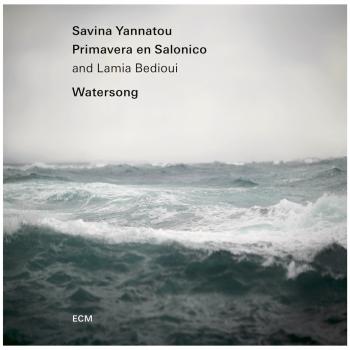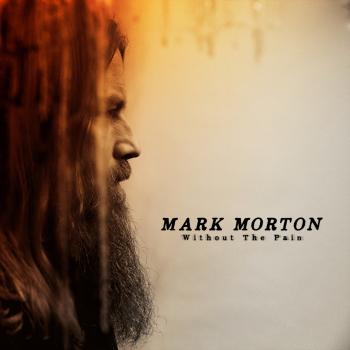Tor Johan Bøen, Eirik Haug Stømner, Fragaria Vesca
Biographie Tor Johan Bøen, Eirik Haug Stømner, Fragaria Vesca
Fragaria Vesca
Founded by Tor Johan Bøen in 2006, Fragaria Vesca is a flexible chamber music ensemble dedicated to the performance of music from a variety of styles and periods on original instruments, spanning repertoire from the Baroque to the 20th century. The motivation behind this approach is that historically informed performances on appropriate instruments place the music in its natural context. The ensemble's projects are also often related to new musical research. June 2010
Tor Johan Bøen
b. 1971) has a unique position in the world of Norwegian music, combining his career as concert violinist with musical research. He won the Norwegian competition for young violinists at age 13, and at 17 he joined the Norwegian Chamber Orchestra. He studied at the Norwegian Academy of Music and continued his studies in the United States with Camilla Wicks at Louisiana State University and San Francisco Conservatory of Music, and Sergiu Luca at Rice University in Houston, Texas where he graduated with a Doctorate of Musical Arts in 2005. Tor Johan Bøen is noted for his performances of music from the Baroque era to the early 20th century on original instruments as well as performances on modern violin. He is the founder of Fragaria Vesca, an ensemble dedicated to musical performance on original instruments. He is frequently guest concert master of different European orchestras. His research on the music of the Belgian violinist and composer Eugène Ysaÿe has resulted in numerous recordings and radio programs.
Olav Kielland
was born in Trondheim and studied architecture there from 1919–1921. From 1921– ca. 1923 Kielland studied composition and theory with Stephen Krehl and Otto Wittenbecher, and conducting with Otto Lohse at the Leipzig Conservatory of Music. He continued his conducting studies with Felix Weingartner, and Kielland gradually developed into an exceptionally skilled orchestral conductor, more appreciated outside Norway than from within.
Kielland mainly conducted the music of other composers. He composed for his friends and role models, drawing inspiration from composers, writers, philosophers and visual artists with whom he felt a spiritual connection. His early compositions were written in a late Romantic musical language, and gradually he developed a flexible modernist musical language with dissonant polyphony. From the mid-1920s his work with Norwegian contemporary music by composers such as Fartein Valen, Eivind Groven, Bjarne Brustad and David Monrad Johansen gave impulses to his own musical language. Around 1930 he began to study the traditional Hardanger fiddle tunes from the various Hardanger fiddle districts in Norway. He wanted to develop a personal musical language based on the modal harmonies of the folk music and the polyphonic possibilities of the Hardanger fiddle. Kielland moved to Bø in Telemark in the late summer of 1941, where he came into close contact with writers, storytellers, folk singers, fiddlers and nature. In this environment he found the inspiration for most of the works on this release.
Kielland developed a unique musical language, sitting as it does at the intersection between folk music and European musical modernism.

